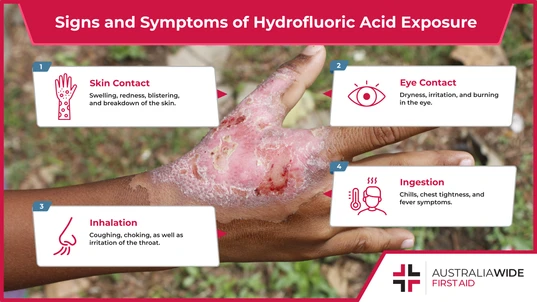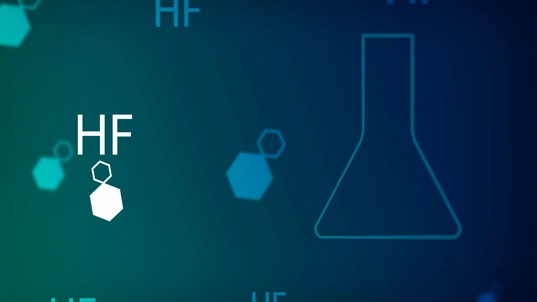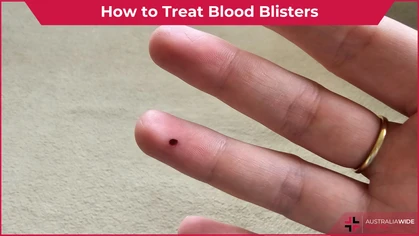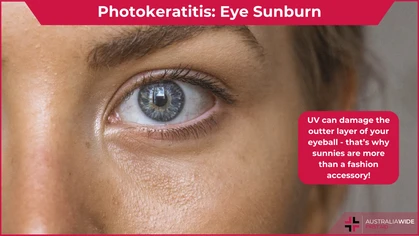First Aid Treatment for Hydrofluoric Acid Burns

Injury

Hydrofluoric acid is a chemical used in many Australian workplaces. When it comes to hydrofluoric acid, severe injuries can be caused by skin contact, eye contact, ingestion, or inhalation. These include burns and blistering on the skin.
Hydrofluoric acid is a chemical used in many Australian workplaces that causes chemical burns and other serious injuries. Hydrofluoric acid is used for many industrial purposes, such as:- Glass etching
- Metal cleaning
- Electronics manufacturing
Common Symptoms of Hydrofluoric Acid Exposure
When it comes to hydrofluoric acid, severe injuries can be caused by skin contact, eye contact, ingestion, or inhalation. Burns resulting from hydrofluoric acid of even the lowest concentration can cause severe damage to the skin and body. If you are working in an environment where hydrofluoric acid is used or stored, there are some signs and symptoms of exposure to be aware of. These symptoms can show up immediately, or sometimes hours later. It usually depends on the concentration level and type of exposure, such as skin contact or inhalation. Suppose someone has been exposed to hydrofluoric acid through skin contact. You might see signs of painful burns, swelling, redness, or blistering on the skin. These reactions can be very painful and tend to show up almost immediately. Whereas if someone has been exposed to hydrofluoric acid through eye contact, inhalation or ingestion, you might see symptoms such as:- Eye dryness, eye irritation, eye burning
- Throat irritation, coughing, choking
- Chest tightness, chills, fever symptoms
First Aid Treatment for Hydrofluoric Acid Burns on the Skin
If you are administering first aid to someone who has had skin contact with hydrofluoric acid, there are a few things you need to do while waiting for emergency services to arrive. This immediate first aid response treatment includes:- Use appropriate PPE to avoid contact with any chemical or contaminated material
- Move the casualty to a safe area
- As soon as practical, remove the chemical and any contaminated clothing
- Immediately run cool water directly onto the affected area for one hour or until the stinging stops, while ensuring that you do not spread the chemical to any unaffected areas
- Call 000 for an ambulance
- When appropriate, massage calcium gluconate gel into the affected area

When a person gets hydrofluoric acid on their skin, the affected area needs to be immediately covered with cool running water. The same goes for when hydrofluoric acid enters a person's eye. For inhalation and ingestion, DRSABCD must be followed.
First Aid Treatment for Other Hydrofluoric Acid Exposures
Acid burns on the skin are not the only symptom requiring first aid treatment. A person needs immediate attention if they have ingested or inhaled hydrofluoric acid or its fumes, or the chemical has entered their eyes. First of all, if hydrofluoric acid or its fumes gets into a person's eyes, the first step is to flush their eyes out with water or saline wash. You will need to do this for at least ten minutes, and make sure to hold their eyes open and remove any contact lenses. Flushing the person's eyes is more important than transferring them for medical care. As such, only call 000 once you have the person over water. Secondly, if someone has inhaled these toxic fumes, you must remove the person from the exposed air as soon as possible and check for signs of breathing. Again, protect yourself from the fumes and call 000. To refresh your memory, you can read over the DRSABCD action plan for first aid situations. Lastly, you may find yourself in a situation where someone has ingested hydrofluoric acid. Although it might seem counterintuitive, you DO NOT want to induce vomiting in the affected person. Follow the DRSABCD steps, and immediately call 000.Keep Safe From Chemical Injuries in the Workplace
When it comes to hydrofluoric acid burns, it is better to prevent them from happening, rather than trying to manage their symptoms. However, accidents happen despite our best intentions, so it is vital to receive training in first aid procedures. Learn first aid today to keep yourself and others safe from acid burns and other chemical injuries in the workplace. Fast and effective first aid treatment can keep the person in a stable condition until help arrives, and it can prevent them from acquiring serious long-term injuries.
Originally published at
https://www.australiawidefirstaid.com.au/resources/first-aid-treatment-for-hydrofluoric-acid-burns
as part of the Australia Wide First Aid Articles Library











